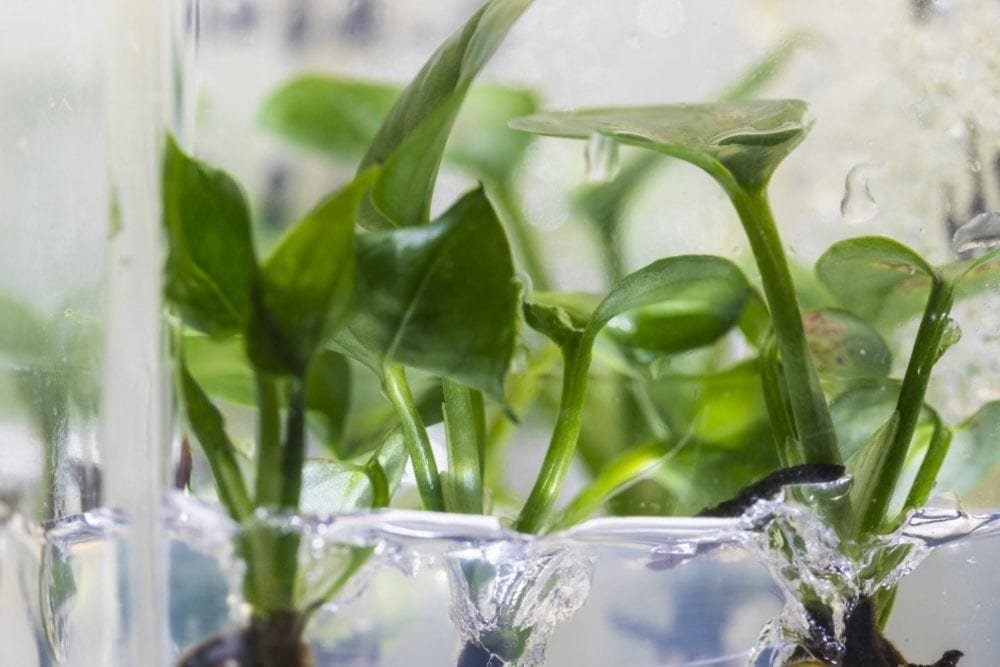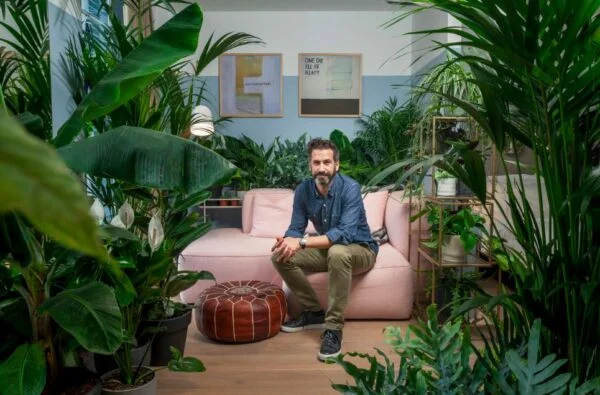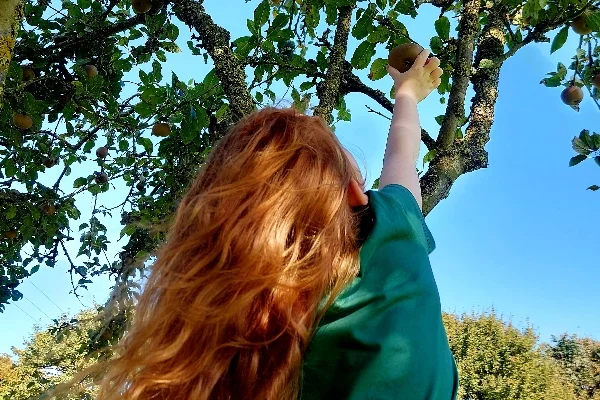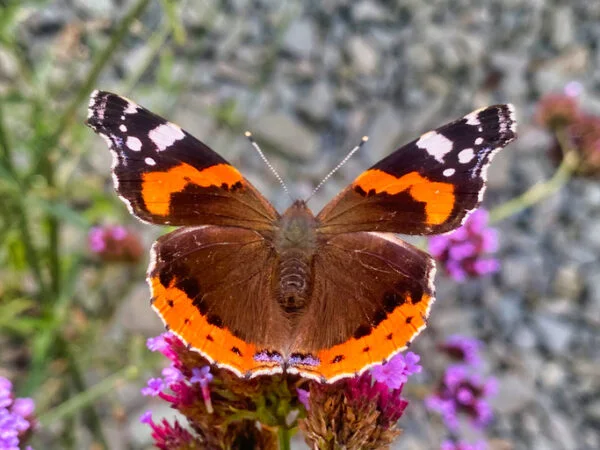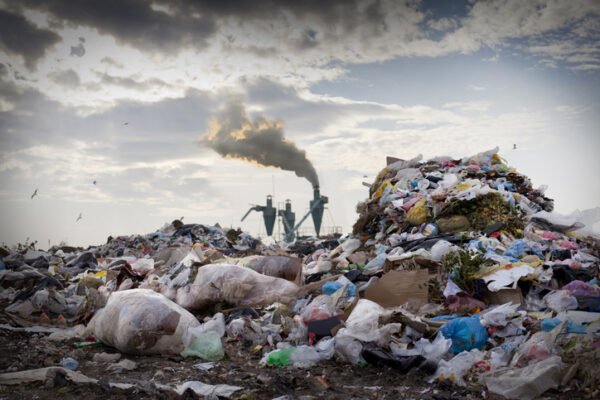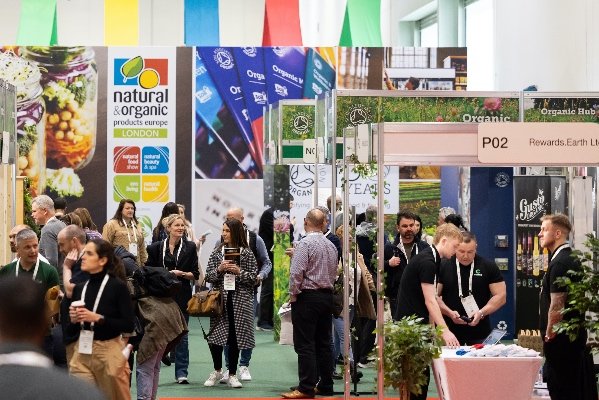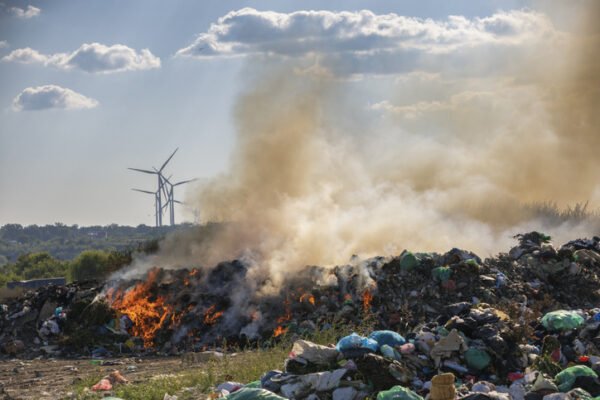Main image credit: Mark Stone/University of Washington
Some of us turn to HEPA filters to clean the air in our homes and keep offending allergens and dust particles at bay. But some hazardous compounds are too small to be trapped in these filters.
Small molecules like chloroform, which is present in small amounts in chlorinated water, or benzene, which is a component of gasoline, build up in our homes when we shower or boil water, or if we store cars or lawn mowers in attached garages. Both benzene and chloroform exposure have been linked to cancer.
Now researchers at the University of Washington have genetically modified a common houseplant – pothos ivy – to remove chloroform and benzene from the air around it.
THE GREEN LIVER
The modified plants express a protein, called 2E1, that transforms these compounds into molecules that the plants can then use to support their own growth.
‘People haven’t really been talking about these hazardous organic compounds in homes, and I think that’s because we couldn’t do anything about them’, said senior author Stuart Strand, who is a research professor in the UW’s civil and environmental engineering department. ‘Now we’ve engineered houseplants to remove these pollutants for us.’
The team decided to use a protein called cytochrome P450 2E1, or 2E1 for short, which is present in all mammals, including humans. In our bodies, 2E1 turns benzene into a chemical called phenol and chloroform into carbon dioxide and chloride ions. But 2E1 is located in our livers and is turned on when we drink alcohol, so it’s not available to help us process pollutants in our air.
‘We decided we should have this reaction occur outside of the body in a plant, an example of the ‘green liver’ concept’, Strand said. ‘And 2E1 can be beneficial for the plant, too. Plants use carbon dioxide and chloride ions to make their food, and they use phenol to help make components of their cell walls.’
Modifying pothos ivy
The researchers made a synthetic version of the gene that serves as instructions for making the rabbit form of 2E1. They then introduced it into pothos ivy so that each cell in the plant expressed the protein.
Pothos ivy doesn’t flower in temperate climates so the genetically modified plants won’t be able to spread via pollen.
‘This whole process took more than two years’, said lead author Long Zhang, who is a research scientist in the civil and environmental engineering department. ‘That is a long time, compared with other lab plants, which might only take a few months. But we wanted to do this in pothos because it’s a robust houseplant that grows well under all sorts of conditions.’
The researchers then tested how well their modified plants could remove the pollutants from air compared with normal pothos ivy. They put both types of plant in glass tubes and then added either benzene or chloroform gas into each tube.
 Play Video about This Rock Might Just Save The World
Play Video about This Rock Might Just Save The World Play Video about Play 2 hours of rock
Play Video about Play 2 hours of rock Play Video about Play 2 hours of brook
Play Video about Play 2 hours of brook Play Video about Play 2 hours of sheep
Play Video about Play 2 hours of sheep

















